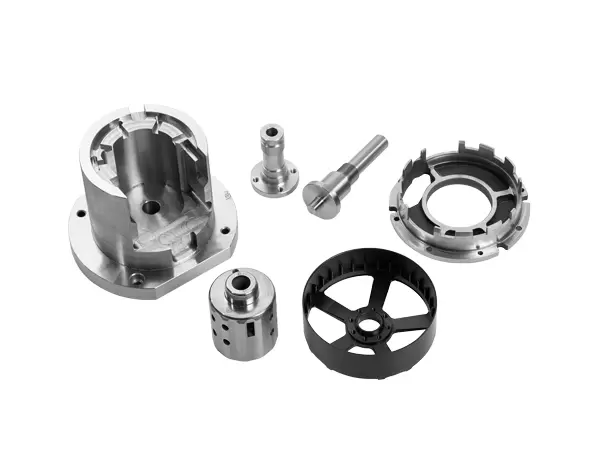In the realm of packaging automation, the choice between an automatic and semi-automatic cold glue labeling machine can significantly impact production efficiency, cost, and the overall quality of the labeled product. This comparative analysis aims to elucidate the key differences, advantages, disadvantages, and ideal applications for both types of machines.


1. Overview of Cold Glue Labeling Machines
Cold glue labeling machines are designed to apply labels to containers using a cold adhesive, which is applied when the label is in contact with the container. This method is preferred for its quick bonding time and the ability to work with various label materials.
2. Automatic Cold Glue Labeling Machine
Automatic cold glue labeling machines are engineered for high-speed, high-volume production environments. They are characterized by their precision, speed, and efficiency. Here are some of their defining features:
Design and Operation: These machines are rotary in design, equipped with a precisely operating labeling station that ensures uniform application of labels at high speeds.
Efficiency and Speed: Capable of handling a wide range of label sizes and container shapes, they can process a significant number of labels per minute without compromising on accuracy.
Protection: Hermetically sealed to protect against condensation, with adjustable and wear-resistant glue pallets for an optimal glue pattern.
Versatility: Variants are available to cater to different production speeds and label lengths, making them suitable for a variety of packaging needs.
Advantages:
High throughput suitable for large-scale production.
Less manual intervention, reducing the risk of human error.
Consistent labeling quality due to automated precision.
Disadvantages:
Higher initial investment compared to semi-automatic machines.
May require skilled operators for maintenance and troubleshooting.
Less flexible for quick changeovers or small batch production.
Best Applications:
Ideal for large-scale manufacturers with a consistent flow of similar product labeling.
Suited for non-stop production lines where efficiency and speed are paramount.
3. Semi-Automatic Cold Glue Labeling Machine
Semi-automatic cold glue labeling machines offer a balance between manual operation and automation. They are designed for smaller production runs or for applications requiring more flexibility. Here are some of their key features:
Universality: These machines are often more versatile, capable of handling a variety of label types and container shapes.
Operation Speed: While not as fast as fully automatic machines, they can still achieve a respectable labeling speed, depending on the operator's skill.
Ease of Use: Typically easier to set up and operate, making them suitable for smaller businesses or those new to automation.
Cost-Effectiveness: They offer a more affordable entry point into labeling automation.
Advantages:
Lower initial cost compared to fully automatic machines.
Greater flexibility for small batch production or frequent changeovers.
Easier to maintain and operate for businesses with limited technical expertise.
Disadvantages:
Slower labeling speed and lower throughput than fully automatic machines.
More reliance on the operator's skill and attention.
May not be as efficient for high-volume, repetitive labeling tasks.
Best Applications:
Perfect for small to medium-sized businesses or startups.
Ideal for products with specialty labels or those requiring frequent label changes.
Suited for environments where customization and flexibility are more critical than speed.
4. Comparative Analysis and Conclusion
When deciding between an automatic and semi-automatic cold glue labeling machine, consider the scale of your operation, the complexity of your labeling requirements, and your budget. Automatic machines offer high-speed, high-precision labeling for large-scale production, whereas semi-automatic machines provide a cost-effective solution with greater flexibility for smaller runs or specialized applications.
Ultimately, the choice will depend on the specific needs of your business. For high-volume, uninterrupted production with minimal variability in label design, an automatic machine is the clear choice. However, for businesses that require more agility in their labeling process or have a smaller production volume, a semi-automatic machine may be the more prudent investment.
In conclusion, both automatic and semi-automatic cold glue labeling machines have their unique advantages and ideal applications. By understanding the differences and aligning them with your production goals, you can select the machine that will best serve your labeling needs and maximize your operational efficiency.
Vivi
marketing@beiltmachinery.com



